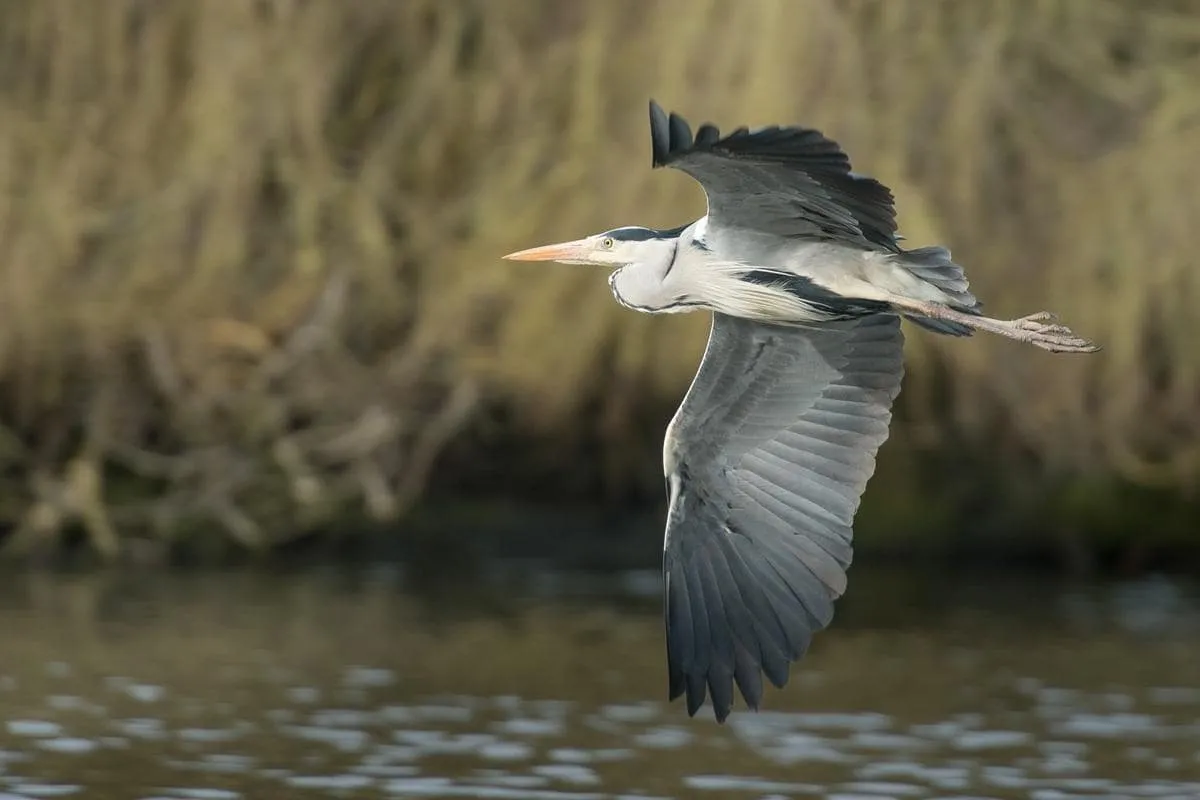The Heronries Census is an annual survey of all Grey Herons, Little Egrets, Cormorants and scarcer herons nesting in the UK.
Heronries Census volunteers can view and enter data using the online portal.

Time, skill and support
Each visit requires 10 minutes to 1 hour of survey time.
No specialised ornithological knowledge or experience is required.
Project resources and identification videos are available.
About the census
 Heronries are the places where Grey Herons, Little Egrets and sometimes other waterbirds gather to nest. Nesting often persists for many decades at the same location and becomes very well known to birdwatchers. Grey Herons in particular are monitored efficiently and accurately by counting 'apparently occupied nests' in their heronries.
Heronries are the places where Grey Herons, Little Egrets and sometimes other waterbirds gather to nest. Nesting often persists for many decades at the same location and becomes very well known to birdwatchers. Grey Herons in particular are monitored efficiently and accurately by counting 'apparently occupied nests' in their heronries.
BTO's Heronries Census has gathered nest counts annually since 1928 at the UK's heronries. The main species covered is Grey Heron but Little Egret is fully included, as are rarer species of colonial waterbirds such as Cattle Egret and Spoonbill. Nest counts of Cormorants are also collected, especially where they are nesting alongside herons.
Data are shared with county recorders and for rare species with the Rare Breeding Birds Panel.
Taking part
If you would like to take part, you can find a heronry to monitor at an available heronry site. You can search for available sites and make and enquiry to a local organiser prior to signing up for the Heronries Census.
Code of Conduct
Volunteers must follow BTO’s Code of Conduct. This code applies to our staff, our members, and volunteers, including surveyors and participants in the Ringing and Nest Record Schemes, (hereafter referred to collectively as ‘staff and supporters’). It applies to all BTO activities, whether online (including meetings and events, telephone, letter, and email) or offline (any face-to-face interaction). We've also written some guidance for volunteer fieldworkers, which will help beginners in particular.
Project team
Leads
Contact
- herons@bto.org
Project timeline
- Up to 3 site visits annually, in March, April and May.
- Data to be input online by the end of August.
Contributions and findings
- The latest Grey Heron population trends from the Heronries Census are discussed on the Grey Heron page in the BTO's BirdTrends report.
- The modelled annual population estimates for the UK, now spanning more than 80 years, show a long-term increase.
Taking part

Results

About the census
